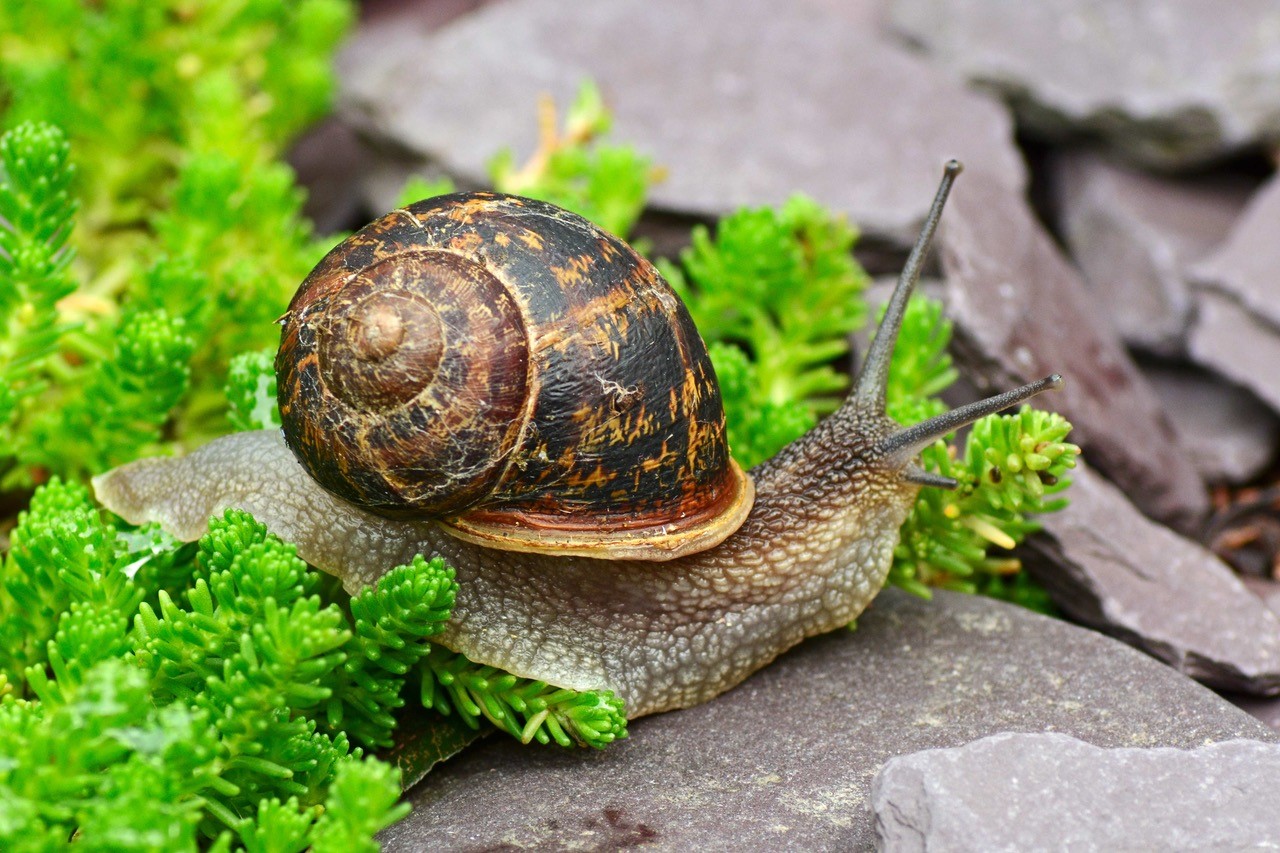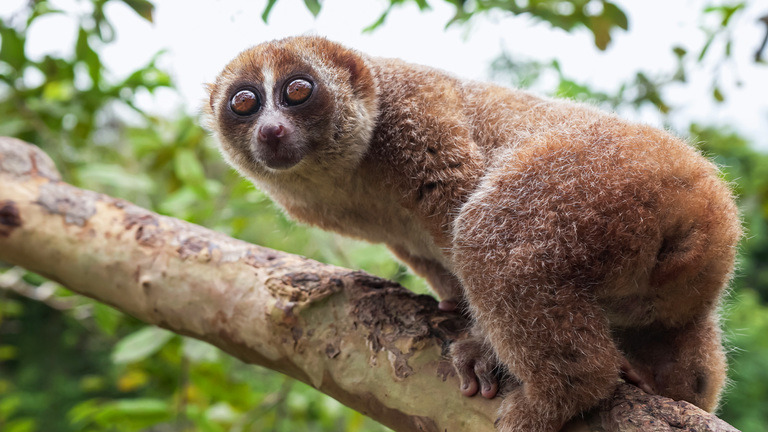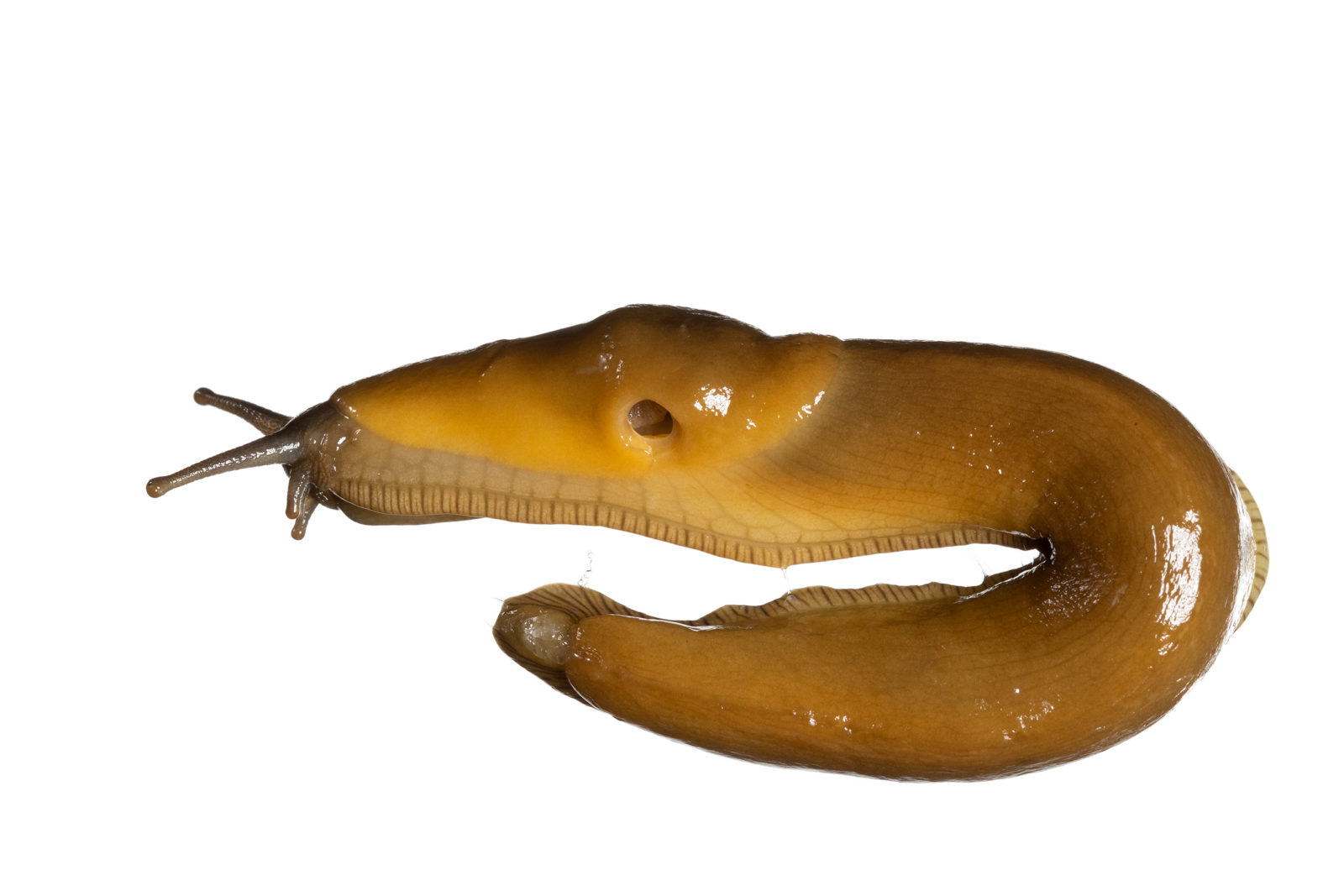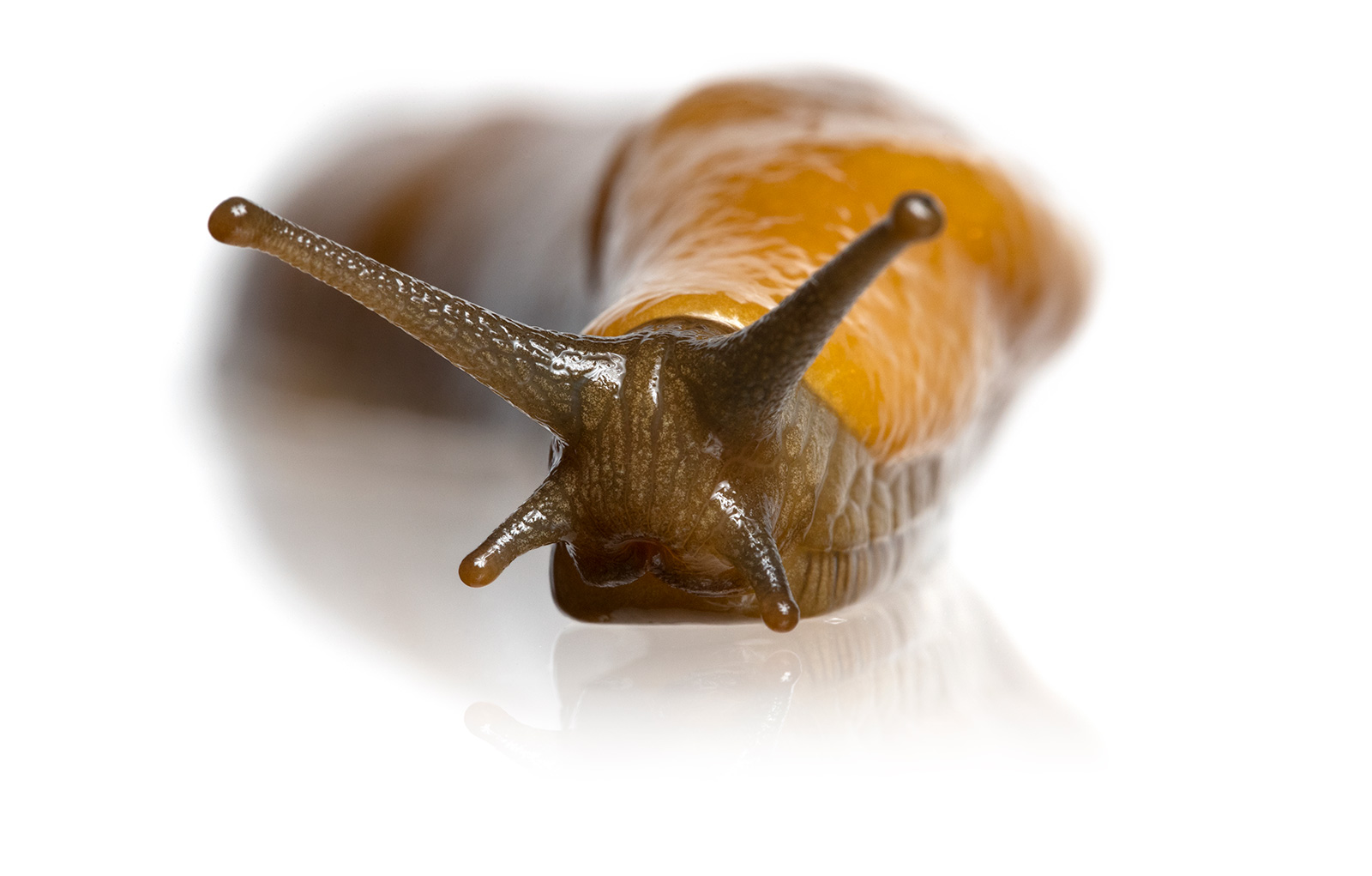Some animals are built for speed. The cheetah, for example, can reach speeds of up to 120 km/h. That's faster than most cars on city roads. The peregrine falcon dives through the air at over 300 km/h. Even in water, the sailfish zooms around at nearly 110 km/h. These creatures are nature's speed champions. But not all animals are in a hurry. Some move so slowly, you might not even notice them. Do you know which is the slowest animal in the world? It's not just slow—it barely moves at all. It can take hours to travel just a few centimetres. And interestingly, it spends most of its life attached to one spot. In this article, we'll take a look at the slowest animals on Earth. From land to sea, we'll explore creatures that take life at their own pace.
List of Slowest Animals in the World
The title for the overall slowest animal is debatable, but the sea anemone may win, often remaining stationary. For active locomotion, the banana slug is the slowest on land, creeping at roughly 0.006 mph. In the water, the dwarf seahorse is the slowest swimmer. The American Woodcock holds the record for the slowest measured flight of a non-hovering bird at just 5 mph.
| Rank | Animal | Average Speed | Habitat |
| 1 | Banana Slug | 0.007 miles per hour (10 meters/hr) | Damp forests of North America |
| 2 | Garden Snail | 0.03 miles per hour (50 meters/hr) | Gardens and fields worldwide |
| 3 | Sea Anemone | ∼1 centimetre per hour | Coastal marine environments worldwide |
| 4 | Starfish | 0.005 miles per hour | Oceans worldwide |
| 5 | Three-Toed Sloth | 0.15 miles per hour (24 meters/hr) | Rainforests of Central and South America |
| 6 | Giant Tortoise | 0.2 miles per hour | Galápagos Islands and Aldabra Atoll |
| 7 | Slow Loris | 1.18 miles per hour | Forests of Southeast Asia |
| 8 | Gila Monster | 1 mile per hour | Deserts of the southwestern United States and northwestern Mexico |
| 9 | Koala | 0.3 miles per hour | Eucalyptus forests of Eastern Australia |
| 10 | Dwarf Seahorse | Approx. 0.00176 miles per hour | Coastal seagrass and coral reefs worldwide |
1. Banana Slug

The banana slug, native to damp forests of North America, is often considered the slowest animal on land, moving at a sluggish pace of just 0.007 miles per hour (around 10 meters per hour). This mollusc plays a vital ecological role by decomposing plant material and recycling nutrients in the forest floor. Its yellow colouration and slimy body help deter predators. The slug uses mucus to glide smoothly over surfaces, reducing friction. Despite its slow movement, it is well adapted to its moist environment, relying on its slow metabolism and minimal energy expenditure to survive and reproduce.
2. Garden Snail

The garden snail is a well-known slow mover, travelling at approximately 0.03 miles per hour (50 metres per hour). It moves using a muscular foot that contracts in waves, aided by a layer of mucus that reduces friction and protects its delicate body as it glides. Garden snails are common across many habitats and are recognised for their coiled shells, which protect them from predators and harsh weather conditions.
3. Sea Anemone

The sea anemone is a slow-moving aquatic animal known for its sedentary lifestyle, moving only about 1 centimetre per hour. Though it typically anchors itself to rocks or coral, it can slowly glide or inch along the seabed using a pedal disc. Sea anemones use their stinging tentacles to capture prey, including small fish and plankton. Their slow movement helps conserve energy, allowing them to survive in nutrient-poor waters.
4. Starfish
:max_bytes(150000):strip_icc()/close-up-of-orange-starfish-on-sand-489010151-59847f7f22fa3a0010518acc.jpg)
Starfish, or sea stars, are marine animals that move very slowly at roughly 0.005 miles per hour. They travel using hundreds of tiny tube feet located on their underside, which operate hydraulically to enable movement along the seafloor. Starfish use their slow pace to methodically hunt for prey such as molluscs, which they can pry open with their strong arms. Their slow, deliberate movements help avoid detection by predators.
5. Three-Toed Sloth

The three-toed sloth is famously slow, moving at approximately 0.011 miles per hour (0.018 miles per hour, or 24 metres per hour). Native to Central and South American rainforests, it spends most of its life hanging upside down in trees. Sloths have extremely low metabolic rates and body temperatures, allowing them to conserve energy by moving slowly. Their slow pace helps avoid detection by predators such as jaguars and harpy eagles. They sleep for up to 20 hours a day.
6. Giant Tortoise
Giant tortoises, such as those from the Galápagos Islands, move at an average speed of about 0.2 miles per hour. These ancient reptiles can live for over a century and are renowned for their slow and steady movements. Despite their pace, giant tortoises can travel surprising distances in search of food and water. Their thick, heavy shells provide excellent protection from predators.
7. Slow Loris

The slow loris is a nocturnal primate native to Southeast Asia that moves at approximately 1.18 miles per hour. Known for its cautious and deliberate movements, the slow loris employs a slow pace to avoid attracting the attention of predators. It is one of the few venomous mammals with toxic secretions that deter predators. The slow loris hunts insects and small animals with stealth enabled by its slow movement.
What Is The #1 Slowest Animal In The World?

The title for the #1 slowest animal in the world is often attributed to the banana slug, excluding sessile animals like sponges or corals. The banana slug moves at an incredibly sluggish pace of approximately 0.007 miles per hour (about 10 meters per hour). Other top contenders for the absolute slowest title include the minuscule dwarf seahorse, one of the slowest fish, or even the nearly stationary sea anemone, which moves only about one centimetre per hour.
Which Is Slower, A Sloth Or A Snail?
A snail is generally slower than a sloth. The average speed of a garden snail is about 0.03 miles per hour, or roughly 50 metres per hour. In contrast, the famous three-toed sloth moves at an average speed of about 0.15 miles per hour, or 24 metres per hour. While the sloth is the slowest mammal, its speed is significantly higher than that of the snail, which glides along on a layer of mucus for movement and protection. Therefore, if you were to race them, the sloth would win, however slowly.
Which Is Slower, A Sloth Or A Turtle?
A sloth is slightly slower than a giant tortoise (a type of turtle). The three-toed sloth's average speed is around 0.15 miles per hour (or about 0.24 kilometres per hour) when moving, which is an energy-saving adaptation for its low-nutrient leaf diet. The giant tortoise, such as the Galápagos tortoise, moves at an average speed of approximately 0.2 miles per hour (or about 0.3 kilometres per hour). Both are famous for their slow metabolisms and deliberate pace, but the tortoise typically has a marginal speed advantage.
Which Is The Fastest And Slowest Animal?

The title for the fastest animal in the world belongs to the Peregrine Falcon, which can reach speeds over 200 miles per hour in a hunting dive. For the fastest land animal, the Cheetah takes the crown, with top speeds up to 75 miles per hour in short bursts.

Conversely, the title of the slowest animal is a more debated topic. Still, it's often given to the Banana Slug (at about 0.007 mph) among mobile creatures, though the Dwarf Seahorse and Sea Anemone are also top contenders for their near-stationary pace.
Comments
All Comments (0)
Join the conversation